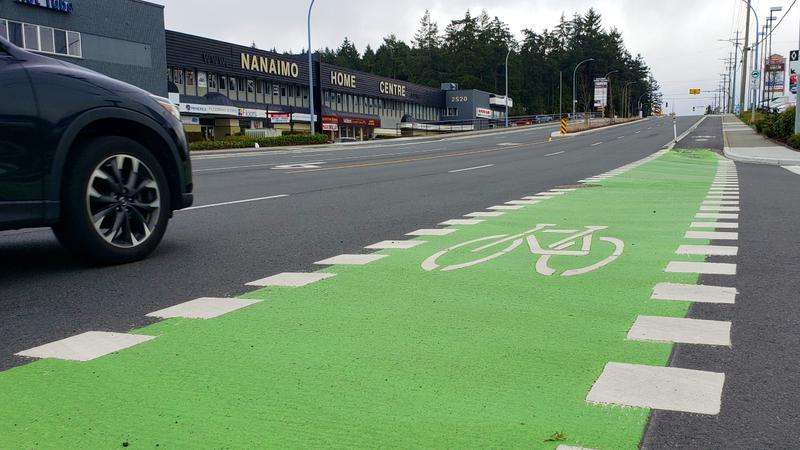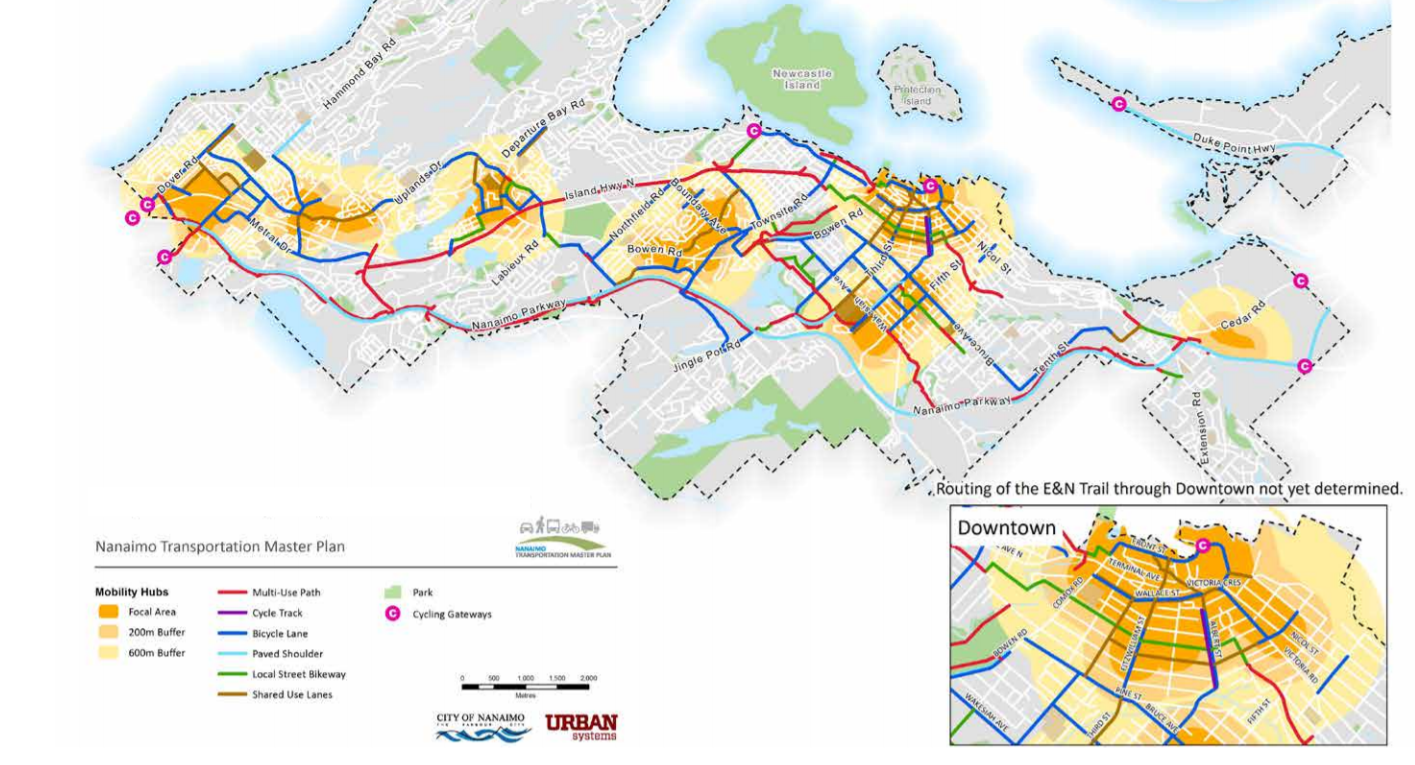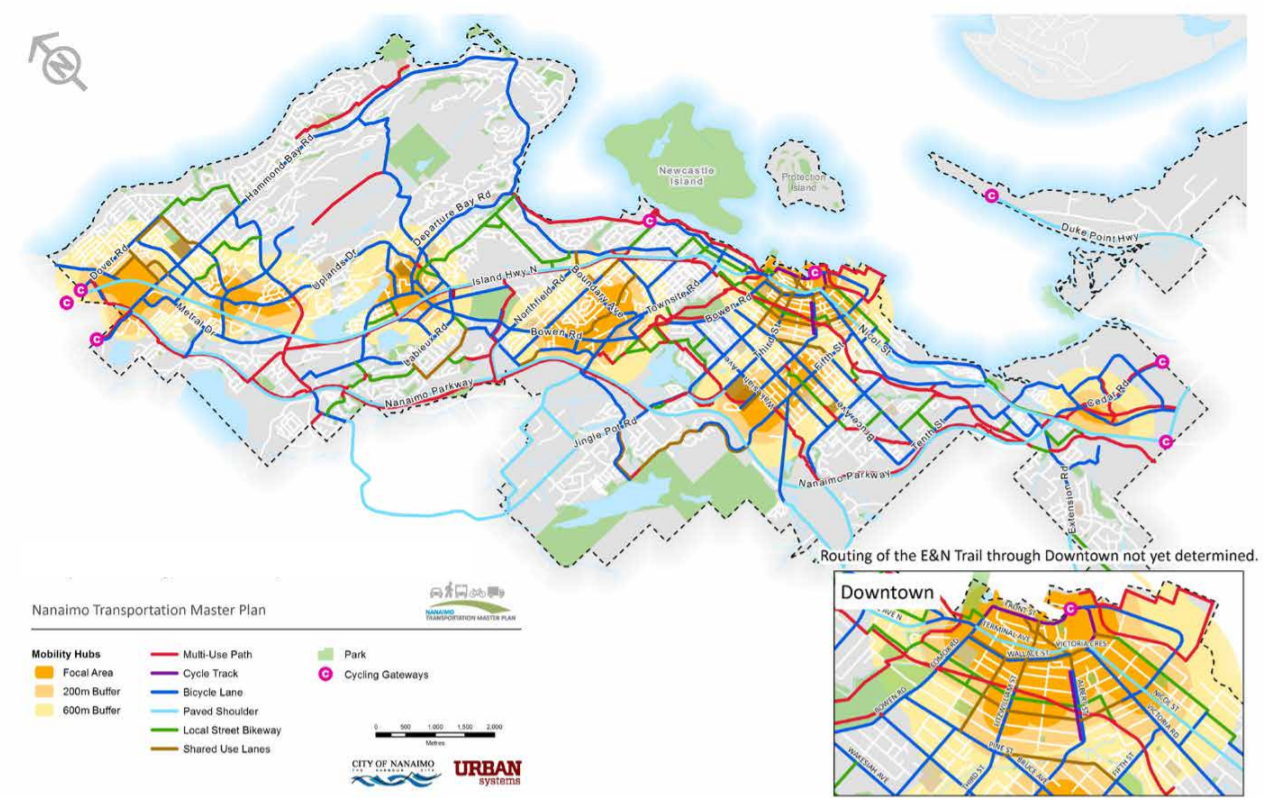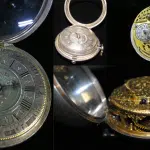
Nanaimo’s active transportation: how we got here, contentious projects & what’s to come
NANAIMO — Active transportation is centre stage for the City’s vision of what Nanaimo will become over the next 20 years.
The addition of bike lanes and improved pedestrian infrastructure has drawn criticism from some residents, saying Council is ignoring major issues in favour of pet projects.
NanaimoNewsNOW looked at how Nanaimo got to this point in its active transportation journey, as well as several key arguments and projects which frequently appear in debates on the subject.
Key topics included the pending upgrades to Front St., why the City is spending money on active transportation when homelessness continues to be an issue and why better sidewalk infrastructure isn’t higher on the priority list.





